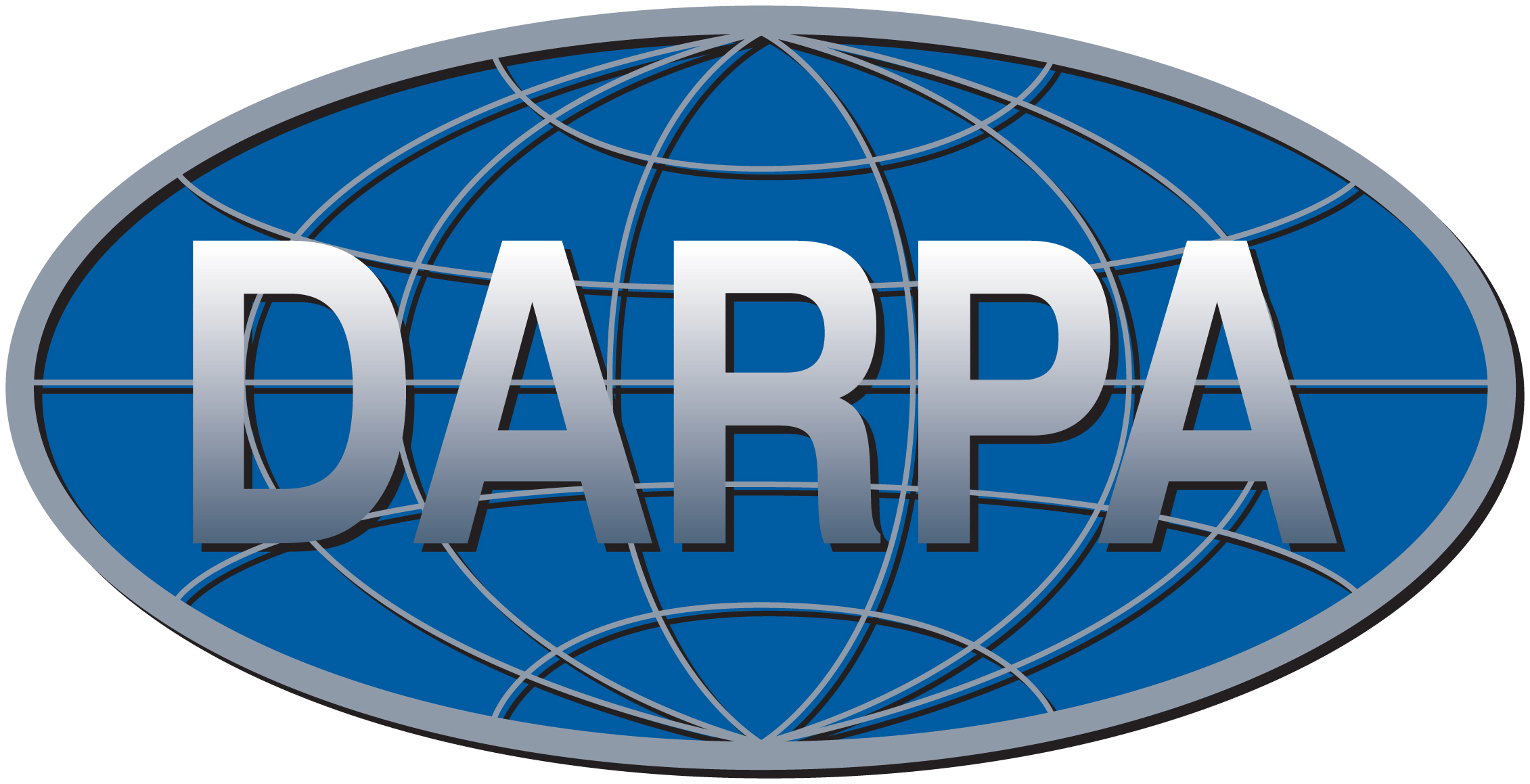Bitcoin is a virtual currency that has been in the news lately. It is based on something called "blockchain." "A blockchain is a distributed database that maintains a continuously-growing list of records called blocks secured from tampering and revision. Each block contains a timestamp and a link to a previous block." (Wikipedia) The idea behind the blockchain is that as transactions are recorded, the growing database is distributed to all parties that are using the system. Everyone has a complete record of all transactions. With respect to bitcoin, each transaction with bitcoins is recorded and distributed to all bitcoin users.
The Pentagon is now considering the use of the blockchain system to make its computers more secure including the computers that control the U.S. nuclear arsenal. The Defense Advanced Research Projects Agency (DARPA) has awarded a one million and eight hundred thousand dollar contract to Galois, a computer security firm, to research the possibility of using a blockchain system purchased from Guardtime to allow administrators of Pentagon computers to discover if a network or database has been compromised. Every time a block in the blockchain database is accessed or altered, a transaction record is generated and sent to all users.
When an authorized user accesses a block or makes a change, the system users are informed and the access or change is accepted as legitimate. On the other hand, if a block is accessed or altered by someone who is not authorized, all users are informed that the access or change is not authorized and an investigation is triggered.
While this system does not immediately prevent unauthorized access or alteration of blocks, it does raise an alert that something is wrong. With respect to alterations, these could be prevented by running the party trying to make the alteration against a list of authorized users and blocking the change if there is no match. This is an excellent automated monitoring system that does not require constant human involvement.
When used to protect computer systems that control our nuclear weapons, the blockchain system could raise an alarm if the system is accessed by unauthorized users. The system would also prevent such unauthorized users from making changes to computer code that might interfere with missile launches or change targets for missiles.
If blockchaining is found to be useful for protecting Pentagon computers, then the blockchain technology will probably spread to many other security applications. There has been a great deal of concern recently that hackers will be able to penetrate computer systems controlling critical infrastructure in the U.S. such as the computers that control nuclear reactors. Blockchaining might be a good tool from preventing remote sabotage of nuclear power plants and other infrastructure like dams and components of the national electrical grid.
There was a recent report that stated that nuclear facilities were not being protected against cyberattacks. Their security was found to be way behind the security of other industrial sectors. Blockchaining may help plug this dangerous hole in U.S. cyber security.
